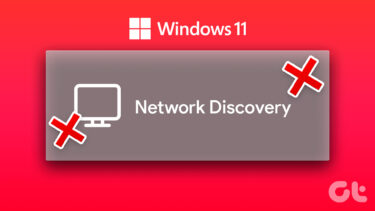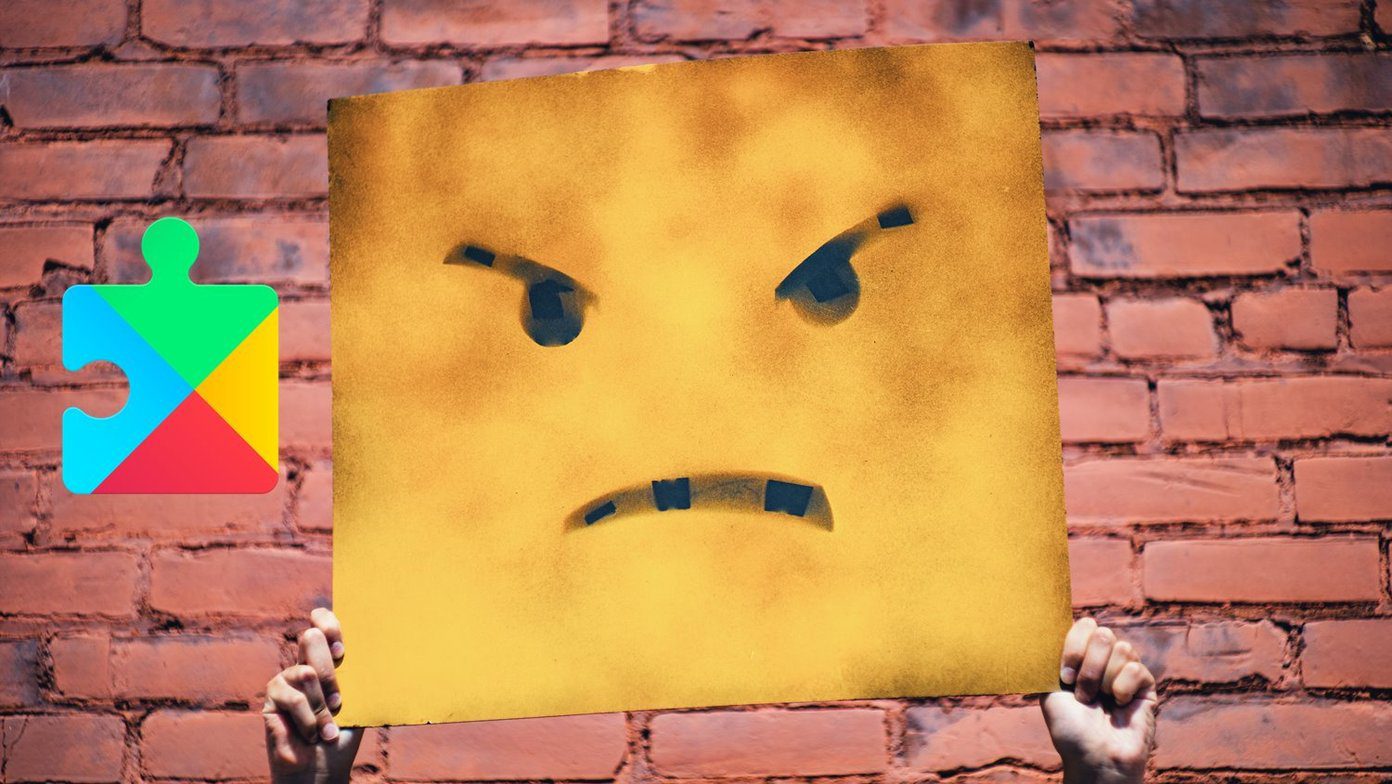Every time they start using network sharing or click on the Network icon, Windows 10 shows the error ‘Network Discovery is turned off. Network computers and devices are not visible. Turn on Network Discovery in Network and Sharing Center.’ So if you are also facing the issue where network discovery keeps on turning off, you have arrived at the right place. Here you will find 8 ways to fix the problem. Let’s check the solutions.
1. Restart PC
Before you jump to the other solutions, try the basic one. That is, restart your PC and check if the issue is fixed.
2. Choose the Right Sharing Mode
Windows offers two network profiles — public and private. You need to take care of two things related to them. First, enable network sharing on private profile only and secondly, make sure you’ve set the current network to private profile. Sometimes, the private sharing is enabled while you are using a public profile. That causes problems. So here’s what you need to do. Step 1: Click on the Wi-Fi icon in the taskbar to show the connected and available Wi-Fi networks. Step 2: Click on the connected network and select Properties from the menu. Step 3: Check the selected profile under Network profile. If you are on a trusted network, choose Private. Step 4: On the same screen, click on the back button at the top to go to Network settings. Step 5: Click on Status in the left sidebar followed by Sharing options on the right side. Step 6: You will be taken to the Advanced sharing settings screen. If you selected Private profile in step 3, then open settings for Private profile. Check the box next to Turn on network discovery and Turn on automatic setup of network connected devices. And if you selected Public profile, enable these two options. Step 7: Click on Save changes. After that, you can check whether the issue is solved. If not, then continue reading.
3. Change Dependency Services Settings
At times, the issue with the dependency services related to network discovery also causes problems. The services are DNS Client, Function Discovery Resource Publication, SSDP Discovery, and UPnP Device Host. You need to check if they are running or not. For that, follow these steps: Step 1: Type Services in Windows search in the taskbar. Click on the first item. Step 2: On the Services screen, find DNS Client. Right-click on it and select Properties. Step 3: In the Properties, first, make sure the Service status shows Running. If it is showing something else, click on the Start button. Next, check the Startup type. It should be set to Automatic. Step 4: Repeat step 2 and 3 for other services — Function Discovery Resource Publication, SSDP Discovery, and UPnP Device Host. Step 5: Restart your PC.
4. Allow Network Discovery in Firewall Settings
At times, network discovery doesn’t work because Windows Firewall is blocking it on your PC. Here’s how to fix it. Step 1: Open Control Panel on your PC. You can use the Windows search to find it. Step 2: Click on Windows Defender Firewall. Step 3: Click on Allow an app or feature through Windows Defender Firewall. Step 4: Click on Change Settings. Then scroll down and look for Network Discovery. Enable it for your network profile (private or public). Hit Ok to save the changes. Step 5: Repeat the method 1 to ensure network discovery is enabled for the right profile in the correct manner.
5. Run Troubleshooter
Microsoft comes with a built-in troubleshooter that is known to fix various issues. You should run it to fix this issue as well. To do so, follow these steps: Step 1: Open Windows Settings and go to Update & Security. Step 2: Click on Troubleshoot in the left sidebar. On the right side, click on Network Adapter and hit the Run the troubleshooter button. Follow the on-screen instructions to complete the process. Then, click on Shared Folders and run its troubleshooter too.
6. Disable Antivirus and Firewall
Many times, your antivirus is also responsible for interruptions which leads to the issue of network discovery not turning on. First, try updating it. If the issue continues, disable it for a while to verify if it is the root cause. If you use third-party firewall apps, try disabling it to find the culprit. Once disabled, restart PC and see if the issue is gone.
7. Update Network Adapter
An old or corrupt network adapter could also result in issues with network-related features such as network sharing. So you should keep it updated. To do so, follow these steps: Step 1: Right-click on the Start Menu icon and select Device Manager from it. Step 2: Click on the small down next to Network Adapters. Right-click on your network adapter and select Update driver from the menu. Choose automatically on the pop-up window and follow the on-screen instructions to complete the process.
8. Reset Network Settings
Lastly, if nothing works, it’s time to reset network settings. Resetting network will not delete data on your PC but it will roll back all the network-related settings to their original values. To reset network, follow these steps: Step 1: Open Settings and go to Network and Internet. Step 2: Choose Status from the left side. Scroll down and click on Network reset. Confirm on the next screen. Step 3: Restart your PC.
Be Careful
We hope the above solutions would have fixed the network discovery not turning on problem on your Windows device. Once the issue is fixed, turn off the network discovery when it’s not in use. Because leaving switched on for network sharing changes firewall settings due to which your PC is slightly at a security risk. So keep it off. Next up: The file sharing feature of Windows doesn’t work for Android. Know how to share files between Android and Windows. The above article may contain affiliate links which help support Guiding Tech. However, it does not affect our editorial integrity. The content remains unbiased and authentic.
























